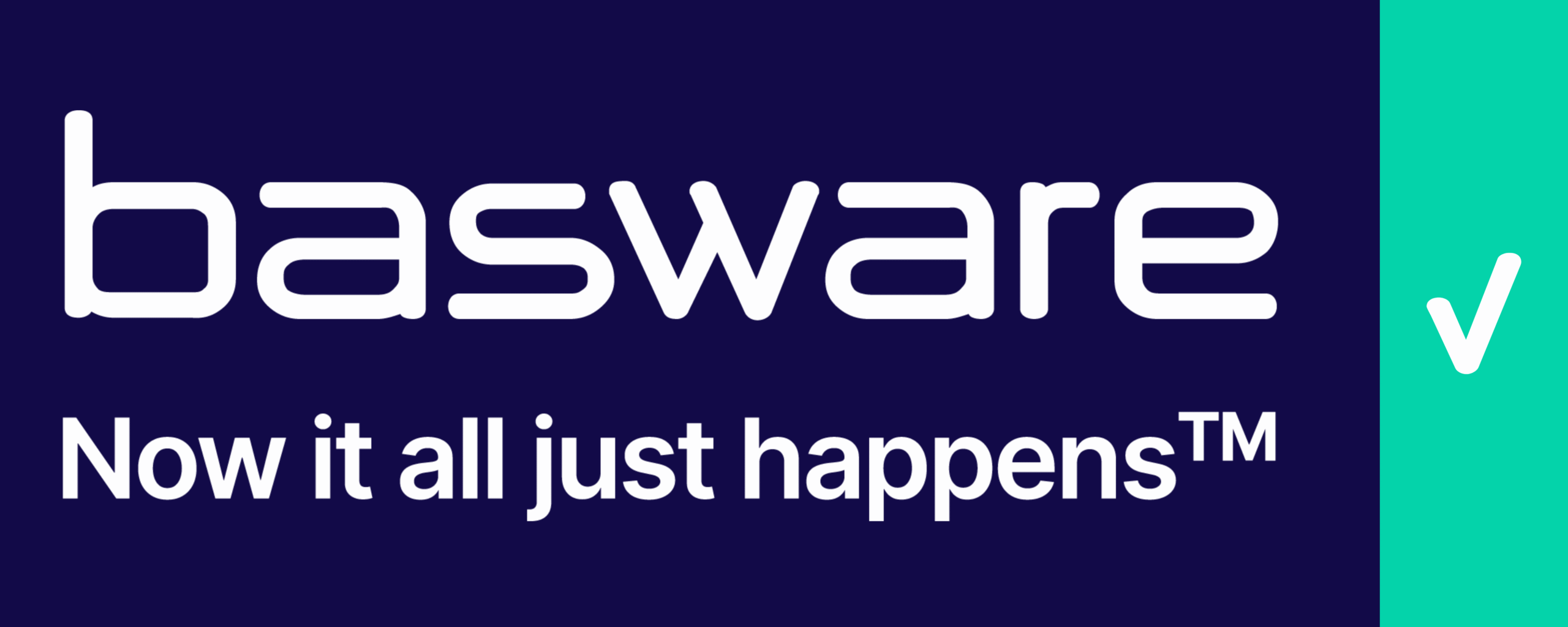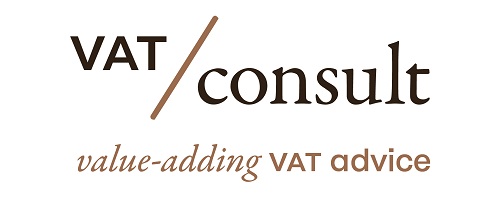On September 12, 2024 the ECJ issued the Judgment in the case C-243/23 (Drebers).
Context: Reference for a preliminary ruling – Harmonisation of fiscal legislation – Common system of value added tax – Deduction of input tax paid – Immovable property acquired as capital goods – Adjustment period – National legislation laying down a 15-year period for certain types of renovation works – Requirement that a renovated building is considered as new – Whether permissible – Direct effect
Summary
- Facts of the Case: L BV, a law firm in Belgium, undertook extensive renovations on its property, seeking to adjust its VAT deductions based on the belief that these renovations constituted immovable property acquired as capital goods, qualifying for a 15-year adjustment period due to their substantial nature.
- Questions to the Court: The referring court inquired whether EU VAT legislation (Articles 187 and 190 of the VAT Directive) prevents national laws from limiting the extended adjustment period to renovations classified strictly as “new buildings” and if Article 190 can be directly invoked by taxpayers against tax authorities.
- Decision of the Court: The CJEU ruled that national legislation cannot restrict the extended adjustment period for VAT deductions related to significant renovations, stating that such restrictions are incompatible with EU VAT principles, which promote fiscal neutrality.
- Justification of the Decision: The court emphasized that the right to deduct VAT must be upheld for renovations that enhance the economic life of a property, treating them similarly to new constructions, thus ensuring equitable treatment of taxpayers and compliance with the VAT Directive.
- Implications of the Ruling: This decision highlights the importance of aligning national VAT laws with EU directives, reinforcing that substantial renovations should not disadvantage taxpayers compared to new constructions, thereby promoting fairness and consistency in VAT treatment across the EU.
Article in the EU VAT Directive
Articles 12, 187 and 189 of the EU VAT Directive 2006/112/EC.
Article 12
1. Member States may regard as a taxable person anyone who carries out, on an occasional basis, a transaction relating to the activities referred to in the second subparagraph of Article 9(1) and in particular one of the following transactions:
(a) the supply, before first occupation, of a building or parts of a building and of the land on which the building stands;
(b) the supply of building land.
2. For the purposes of paragraph 1(a), ‘building’ shall mean any structure fixed to or in the ground.
Member States may lay down the detailed rules for applying the criterion referred to in paragraph 1(a) to conversions of buildings and may determine what is meant by ‘the land on which a building stands’.
Member States may apply criteria other than that of first occupation, such as the period elapsing between the date of completion of the building and the date of first supply, or the period elapsing between the date of first occupation and the date of subsequent supply, provided that those periods do not exceed five years and two years respectively.
3. For the purposes of paragraph 1(b), ‘building land’ shall mean any unimproved or improved land defined as such by the Member States.
Article 187
1. In the case of capital goods, adjustment shall be spread over five years including that in which the goods were acquired or manufactured.
Member States may, however, base the adjustment on a period of five full years starting from the time at which the goods are first used.
In the case of immovable property acquired as capital goods, the adjustment period may be extended up to 20 years.
2. The annual adjustment shall be made only in respect of one-fifth of the VAT charged on the capital goods, or, if the adjustment period has been extended, in respect of the corresponding fraction thereof.
The adjustment referred to in the first subparagraph shall be made on the basis of the variations in the deduction entitlement in subsequent years in relation to that for the year in which the goods were acquired, manufactured or, where applicable, used for the first time.
Article 189
For the purposes of applying Articles 187 and 188, Member States may take the following measures:
(a) define the concept of capital goods;
(b) specify the amount of the VAT which is to be taken into consideration for adjustment;
(c) adopt any measures needed to ensure that adjustment does not give rise to any unjustified advantage;
(d) permit administrative simplifications.
Facts
The defendant is a company in which the economic activity of the profession of lawyer is exercised. For several years now, she has owned a property that is partly used for private purposes and partly for economic activities. In the course of the years 2007 to 2015, very extensive work in immovable condition was carried out on that property.
Where the economic activity of the profession of lawyer was previously exempt from VAT, that exemption was lifted with effect from 1 January 2014, as a result of which the defendant has since been registered as a VAT taxable person. The applicant, the General Administration of the Special Tax Inspectorate (AABBI), Inspectorate Ghent 2, has commenced an unannounced tax audit at the defendant’s registered office. As a result of that check, the applicant concluded that various violations of VAT legislation had been committed by the defendant in the period from January 1, 2014 to September 30, 2015. These, together with the consequences associated with them, were included in a correction statement by the applicant. In total, VAT was deemed to be due in the official report for an amount of EUR 163,756.24. A writ of execution has been issued against the defendant to collect the amount due. The defendant lodged an appeal against this, which was declared admissible. The applicant appealed against that judgment.
Consideration:
The referring court notes that, on the basis of provisions of European directives, it is stipulated that the deduction of tax levied on assets and services that have characteristics similar to those usually attributed to assets is subject to adjustment for a period of five years, but with regard to the tax levied on real estate assets, this period is increased to 15 years. Under Belgian law, therefore, when an existing building is renovated, the 15-year review period is applied with regard to the VAT levied on these works if, after the execution of those works, there is a ‘new building’ for VAT purposes. The referring court considers the applicant’s complaint to be well founded and holds that the elevator shaft and the two annexes behind the mansion cannot be regarded as ‘part of a building’. These are not autonomously functioning parts of a structure that are permanently connected to the ground, in the sense that they could be economically operated independently.
Under the VAT Directive, the review period for investment goods is, in principle, 5 years. However, member states can extend the review period to a maximum of 20 years for ‘immovable investment goods’. The defendant argues that ‘immovable capital goods’ in the Community context usually refers to goods that are used and depreciated over a longer period of time and that have a longer economic life. The VAT Directive gives the national member states a certain discretion, including the power to determine which goods fall under the concept of ‘investment good’ and to determine what ‘amount of VAT should be taken into account in the adjustment’. The defendant argues that this competence is not absolute and that the Member States may not exceed the limits of their discretion, which implies that the Member States must respect the terms used in the VAT Directive. The referring court considers that the defendant should therefore be followed in stating that reference is made to the principle of neutrality as a special expression of the principle of equality, on the basis of which similar goods or services, which are therefore in competition with each other, must be treated equally for VAT purposes and that a taxable person may rely on the VAT Directive to oppose national legislation which is inconsistent with the Directive and its underlying principles. which implies that Member States must respect the terms used in the VAT Directive. The referring court considers that the defendant should therefore be followed in stating that reference is made to the principle of neutrality as a special expression of the principle of equality, on the basis of which similar goods or services, which are therefore in competition with each other, must be treated equally for VAT purposes and that a taxable person may rely on the VAT Directive to oppose national legislation which is inconsistent with the Directive and its underlying principles. which implies that Member States must respect the terms used in the VAT Directive. The referring court considers that the defendant should therefore be followed in stating that reference is made to the principle of neutrality as a special expression of the principle of equality, on the basis of which similar goods or services, which are therefore in competition with each other, must be treated equally for VAT purposes and that a taxable person may rely on the VAT Directive to oppose national legislation which is inconsistent with the Directive and its underlying principles.
The defendant is of the opinion that by transposing the concept of ‘immovable investment goods’ as used in the VAT Directive in such a strict manner into domestic law, by only applying the 15-year review period for works that lead to a building that can be sold subject to VAT, without applying the same period for works that result in a building having a similar economic life as a new building as a result of those works, solely because, in the opinion of the appellant, the renovated building could not be subject to VAT. sold, this violates the VAT Directive.
The defendant argues that it should first be established that the VAT Directive in no way refers to ‘new buildings’ or explains what should be regarded as a ‘new building’ under the VAT rules, which, under the application of VAT can be transferred. On the other hand, the notion ‘investment good’, according to the respondent, unmistakably refers to goods that are used over a longer period of time and are generally written off. Subsequently, the defendant argues that ‘immovable investment goods’ must be understood to mean real estate that has a longer economic life than the standard review period of 5 years. Based on the principle of fiscal neutrality, the defendant argues that it is the economic useful life of the property that is important, rather than the time when it was first put into use. When buildings are undergoing major renovations, so that they have an economic useful life that is just as long as new buildings, they are comparable to new buildings as a means of production created as a result of the works and they should receive the same VAT treatment.
Source ecer.minbuza.nl
Questions
(1) Do Articles 187 and 189 of [the VAT Directive] preclude legislation such as that at issue in the main proceedings (namely Articles 48(2) and 49 of the VAT Code, read in conjunction with Article 9 of [Royal Decree No 3]), according to which the extended revision (adjustment) period (of 15 years) in the case of conversion of an existing building is applied only if, after the works have been carried out, there is, on the basis of the criteria of national law, a “new building” within the meaning of Article 12 of that directive, whereas the period of economic operation of a building which has been extensively converted (which, on the basis of the administrative criteria of national law, is not, however, classified as a “new building” within the meaning of Article 12 above) is identical to that of a new building, which is considerably longer than the five-year period referred to in the above-mentioned Article 187, which is evidenced in particular by the fact that the work carried out is depreciated over a period of 33 years, i.e. the depreciation period of new buildings?
(2) Does Article 187 of [the VAT Directive] have direct effect, with the result that a taxable person who has carried out work on a building, without that work entailing, on the basis of the criteria of national law, the classification of the converted building as a “new building” within the meaning of Article 12 of that directive, even though it has a period of economic operation identical to that of such new buildings, who benefit from a 15-year revision (regularisation) period, can invoke the application of the 15-year revision (regularisation) period?
AG Opinion
(1) Articles 187 and 189 of Council Directive 2006/112/EC of 28 November 2006 on the common system of value added tax
must be interpreted as precluding legislation according to which an extended adjustment period within which input VAT payable or paid with respect to ‘immovable property acquired as capital goods’ may be adjusted applies to supplies of services connected to immovable property, such as works carried out for the renovation or conversion of a building.
(2) The first sentence of Article 187(1) of Council Directive 2006/112/EC of 28 November 2006 on the common system of value added tax has direct effect.
Decision
1. Article 190 of Council Directive 2006/112/EC of 28 November 2006 on the common system of value added tax, read in conjunction with Article 187 of that directive and in the light of the principle of fiscal neutrality,
must be interpreted as meaning that:
precludes national legislation relating to the adjustment of deductions from value added tax (VAT) under which the extended adjustment period laid down pursuant to Article 187 of that law for immovable capital goods is not applicable to works of immovable property subject to VAT as a supply of services within the meaning of that directive, which involve a major extension and/or in-depth renovation of the building on which this work relates and whose effects have an economic life that corresponds to that of a new building.
(2) Article 190 of Directive 2006/112, read in conjunction with Article 187 of that directive and in the light of the principle of fiscal neutrality,
must be interpreted as meaning that:
it has direct effect in such a way that the taxable person may rely on it before the national court against the competent tax authority in order to have the extended adjustment period laid down for immovable property fixed for immovable property capital goods applied to the taxable person, subject to VAT as a supply of services within the meaning of that directive, in the event that that authority has refused to apply the extended regularisation period on the basis of national legislation such as that referred to in the first question.
Source
Reference to other ECJ Cases
- Gmina Ryjewo (C-140/17) – Judgment of 25 July 2018. Cited in paragraphs 44–46 and 50–52, to emphasize that the right to deduct VAT is a fundamental principle and part of the common VAT system.
- Finanzamt Bad Neuenahr-Ahrweiler (C-374/19) – Judgment of 9 July 2020. Cited in paragraph 46 relating to the aim of the VAT adjustment mechanism.
- Stichting Schoonzicht (C-791/18) – Judgment of 17 September 2020. Cited in paragraph 47 to frame Articles 187–192 of the VAT Directive as detailed rules for VAT adjustments specifically concerning capital goods.
- Mateusiak (C-229/15) – Judgment of 16 June 2016. Cited in paragraph 61 regarding why capital goods require longer adjustment periods, due to risks of changes in usage over time.
- Kozuba Premium Selection (C-308/16) – Judgment of 16 November 2017. Cited in paragraph 92 concerning the scope of Article 12 of the VAT Directive and VAT taxation of new buildings.
- État belge and Promo 54 (C-239/22) – Judgment of 9 March 2023. Also cited in paragraph 92 concerning the interpretation of Article 12.
- SKF (C-29/08) – Judgment of 29 October 2009. Cited in paragraph 84 on how fiscal neutrality requires similar service transactions not to be taxed differently.
- Direcţia Generală Regională a Finanţelor Publice Bucureşti – Administraţia Sector 1 a Finanţelor Publice (C-146/21) – Judgment of 30 June 2022. Also cited in paragraph 84 on the principle of equal treatment.
- Dominguez (C-282/10) – Judgment of 24 January 2012. Cited in paragraphs 83 and following, concerning the conditions for direct effect—i.e., when a directive may be directly relied upon before national courts.
- Smith (C-122/17) – Judgment of 7 August 2018. Cited in paragraph 98 for interpreting national law in conformity with EU law.
- Verbond van Nederlandse Ondernemingen (C-72/95) – Judgment of 1 February 1977. Cited in paragraph 104 regarding judicial review of the exercise of discretion in implementing directive options.
- Kraaijeveld and Others (C-72/95) – Wait—actually the same case as above (same number), but it appears again as a precedent in paragraph 107 regarding sufficient precision for judicial review.
- MDDP (C-319/12) – Judgment of 28 November 2013. Cited in paragraphs 107 and also 110, about direct effect and judicial review boundaries.
- Administration de l’Enregistrement, des Domaines et de la TVA (C-846/19) – Judgment of 15 April 2021. Cited in paragraph 110 in the same context.
- Join the Linkedin Group on ECJ/CJEU/General Court VAT Cases, click HERE
- VATupdate.com – Your FREE source of information on ECJ VAT Cases
Latest Posts in "Belgium"
- Belgian Supreme Court puts an end to the “immediate” export requirement for the VAT exemption on exports
- Belgium Confirms E-Invoicing Mandate Scope, Grace Period, and Rules for Nonresidents from 2026
- Belgium Confirms 2026 E-Invoicing Mandate: Key Scope, Fallback, and Technical Updates Explained
- Belgium Grants Three-Month Grace Period for E-Invoicing Penalties Starting January 2026
- Tolerance Period of 3 months for E-Invoicing Implementation in Belgium













